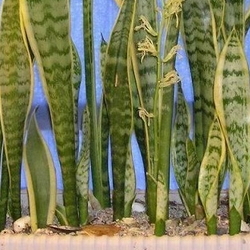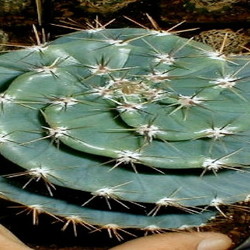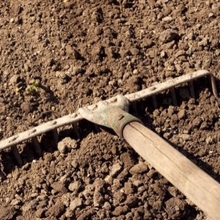I’ve put these houseplants into table form below, so that you can find information about each one at a glance.
 |
The idea of growing plants indoors goes back in history at least as far as ancient Egypt, where archeologists have discovered artwork depicting houseplants in urns and troughs. The ancient Greeks and Romans often had atriums in their homes. Roman Emperor Tiberius liked his vegetables. So much so, that he had to have an Armenian Cucumber (photo at left) every day, even when they were not in season. His gardeners planted the cucumbers in wheeled carts. They were wheeled indoors at night when the temperature was too cold for them and back outside during the daytime.
Photo | Name | Origin | Mature Size | Care | Propagation |
 | Pilea involucrata (Friendship Plant) | Central and South America | Up to 12 inches | Regular potting soil | Cuttings will root easily in potting soil |
 | Clivia miniata (Kaffir Lily) | South Africa | Up to 18 inches | Regular potting soil Keep soil evenly moist Provide a cool, dry rest for 6-8 weeks in fall to initiate blooming May move plant outside to accomplish this, but bring in before first frost Bring back inside and keep relatively cool until midwinter Then increase watering and provide normal room temperature Will bloom in March or April | By division |
 Of special interest to children (Rub the leaves to release the scent) | Pelargonium spp. (Scented-leaf geraniums come in many different fragrances, including lime, lemon, pine, and chocolate) | South Africa | Up to 18 inches | Regular potting soil | By stem cuttings in coarse sand or potting soil |
 Of special interest to children (Tiny plantlets grow along the edges of the leaves and easily fall off, rooting where they drop) | Kalanchoe daigremontiana (Mother of Thousands) | Madagascar | Up to 30 inches | Use a sandy medium, such as cactus potting mix | Plantlets from leaf edges |
 Of special interest to children (When touched, leaflets fold up and leaf stem collapses) | Mimosa pudica (Sensitive Plant) | Central- and South America | Up to 24 inches | Regular potting soil | By seed (Sow in early spring Soak seed in water overnight Barely cover seeds with regular potting mix Keep medium moist and warm Seeds germinate in about a week) |
 | Zantedeschia rehmannii (Pink Calla Lily) | South Africa | Up to 16 inches | Regular potting soil Bright light Keep soil evenly moist Average room temperature | By bulblets |
 | Aechmea fasciata (Urn Plant) | Brazil | Up to 20 inches | Orchid potting mix | Blooms once after about three years, then dies Allow plant to die back naturally Plant will then produce two or three "pups" (sprouts) Remove when they are about five months old and plant in their own containers |
 | Cyperus papyrus (Egyptian Paper Plant; used to make paper in ancient Egypt) | Egypt/Africa | Dwarf form up to 24 inches | Regular potting mix Full sunlight to low light Keep soil wet at all times Can be grown with roots in standing water Average room temperature | Divide plant in spring |
 | Acalypha pendula (Dwarf Chenille Plant) | Java/New Guinea | Up to 12 inches | Regular potting mix | By stem cuttings in coarse sand or potting soil |
 | Isolepis cernua (Fiber Optic Grass) | Southern Europe/Northern Africa | Up to 12 inches | Regular potting soil | Divide plant in spring |
 | Kalanchoe tomentosa (Pussy Ears) | Madagascar | Up to 12 inches | Cactus potting mix | By leaf cuttings in coarse sand or potting soil in spring or early summer |
 | Strobilanthes dyerianus (Persian Shield) | Myanmar | Up to 24 inches | Regular potting soil | By stem cuttings in water or in coarse sand in spring |
Note: When potting house plants with fresh potting soil, no fertilizer is generally needed during the first year. Thereafter, timed release fertilizer is a good choice. Be sure to follow label directions. Photos are courtesy of wikipedia.org and used under the terms of the GNU Free Documentation License. | |||||

















